
un0rick - an ice40 ultrasound board
A hx4k lattice fpga based pulse echo board, yosys compatible
A hx4k lattice fpga based pulse echo board, yosys compatible
To make the experience fit your profile, pick a username and tell us what interests you.
We found and based on your interests.

un0poly.pdfThis PDF details the un0rick board.. but is also a zip that contains its source =)Adobe Portable Document Format - 4.60 MB - 04/06/2021 at 11:03 |
|
|
Been working on a MAX14866 MUX - allowing to drive 8 transducers separately on the Tx and/or Rx path. Not so bad, I've managed to plug a 5-ring annular element and run some tests. I assume some connections need to be reviewed, as not all paths seem connected.
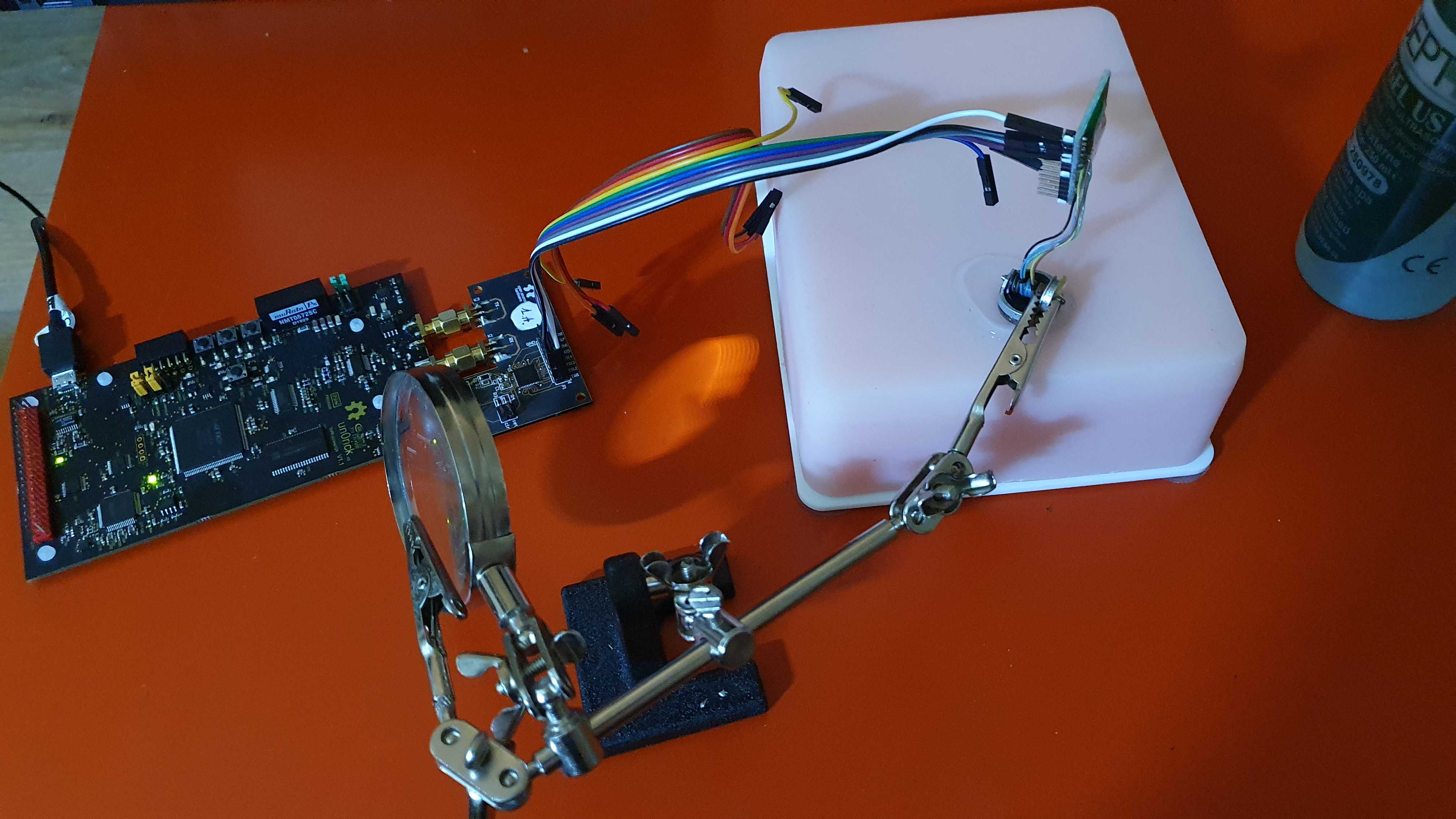
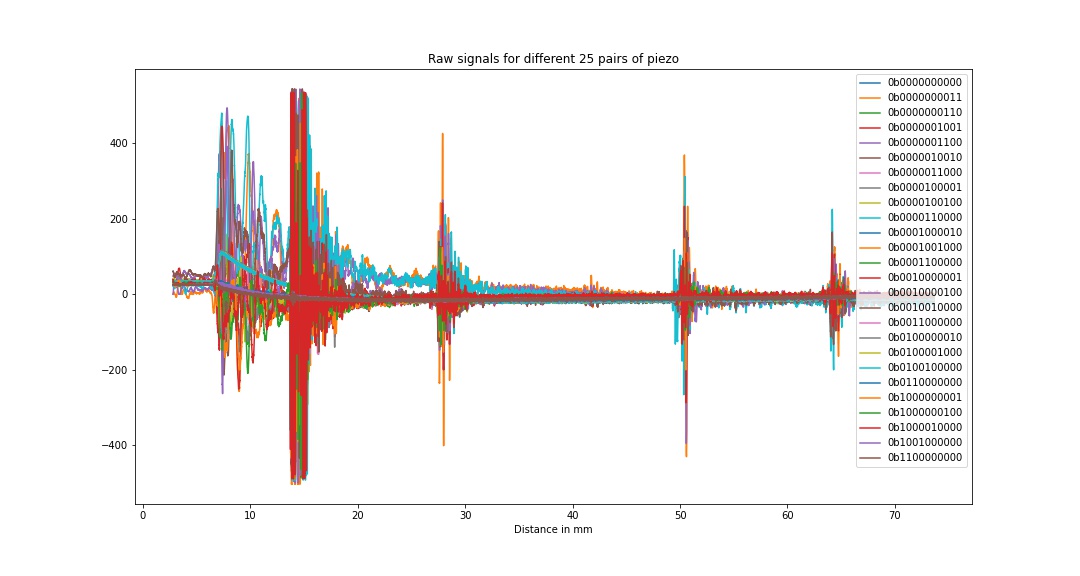
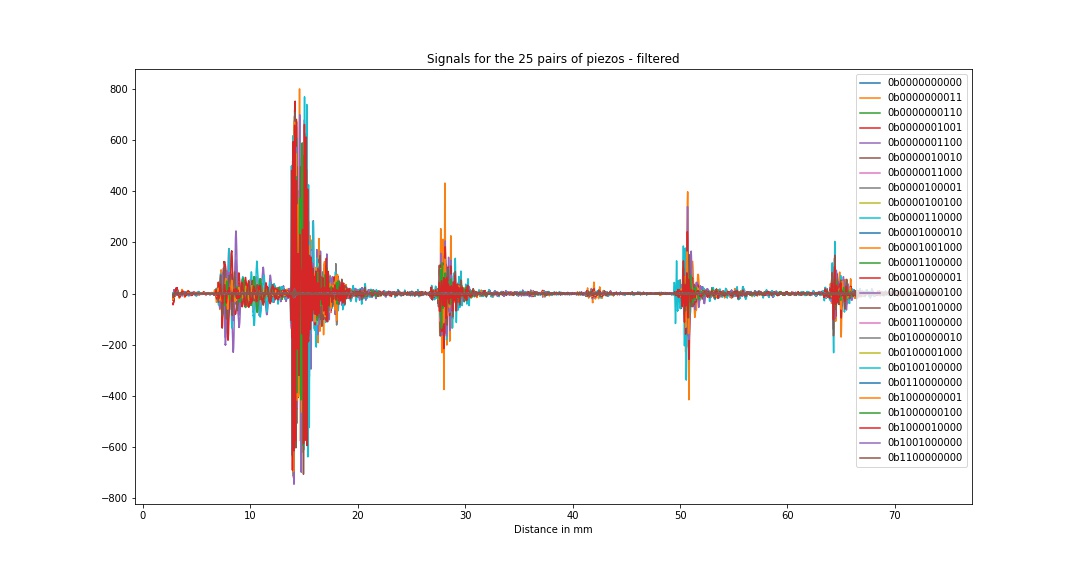


Some fun ahead!
Long story short, the board does pulse echo in live, can output to host via USB, with visualisation through a VGA connector.
You can read more on the website
lit3-32
Also.. the pHAT version is coming up, with moar gain !
An ice40 up5k-based board: simplified BOM, fewer parts, using the up5K internal ram for storage. Curious to see it in real life =)
And here's a first render of the pHAT.. some wrong formats but still gives an idea! With two SMAs too, and external connectors for high voltage sources.
Onboard has 0 to 40V source.
More info on https://github.com/kelu124/echomods/tree/master/matty/minie
Some more tests with a probe.. this time from kretz technik. Raw acquisition yield interesting signals.. Doesn't it look like a night sky ?
The spectrum seems to contain good ultrasound (with a fair dose of noise) - the signal is between the blue lines, between 2.2MHz and 4.2MHz:
Which yield a classical wirephantom image.
Breaking the wall of sound! un0rick can sample at 64Msps but ... one can offset the start of an acquisition by half a cycle. In practice, it means one can do two acquisitions, with one delayed by half a cycle, and interleave the two series. In practice: getting 128Msps acquisition speed!
In picture, it seems quite nice. The signal is loud and clear!
And notebook at https://github.com/kelu124/echomods/blob/master/matty/20180814a/20180814a-Server.ipynb . Some improvement on the lib too, not perfect yet but someday better!
Objectives
The objective of this experiment is to check :
Resources
Results
Type of signal
Curve of the gain
Impact of gain on noise
FFT - content of such a line
The good news is that I've just tested the production version and it runs fine. Images of the wirephantom look good (full doc):
Now working on the data format, and, in anticipation of the first runs, I've started working on the documentation, including some nice visuals:
What do you think?
Blue is from the raspberry board, red from un0rick.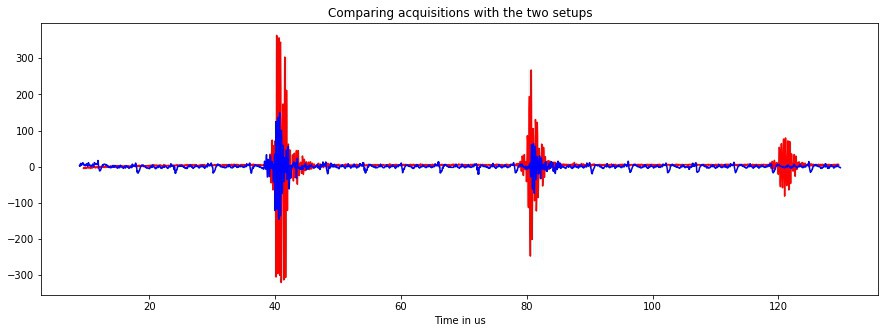 Now, going on the details of the acquisitions. we see that the level of acquisitions are higher (which is normal as the range of the un0rick gets data on 10bits, whereas the pHAT is on 9 bits).
Now, going on the details of the acquisitions. we see that the level of acquisitions are higher (which is normal as the range of the un0rick gets data on 10bits, whereas the pHAT is on 9 bits).
Moreover, the last acquisition, at ~120us, appears quite nicely with un0rick, whereas it is off the radar on the modules.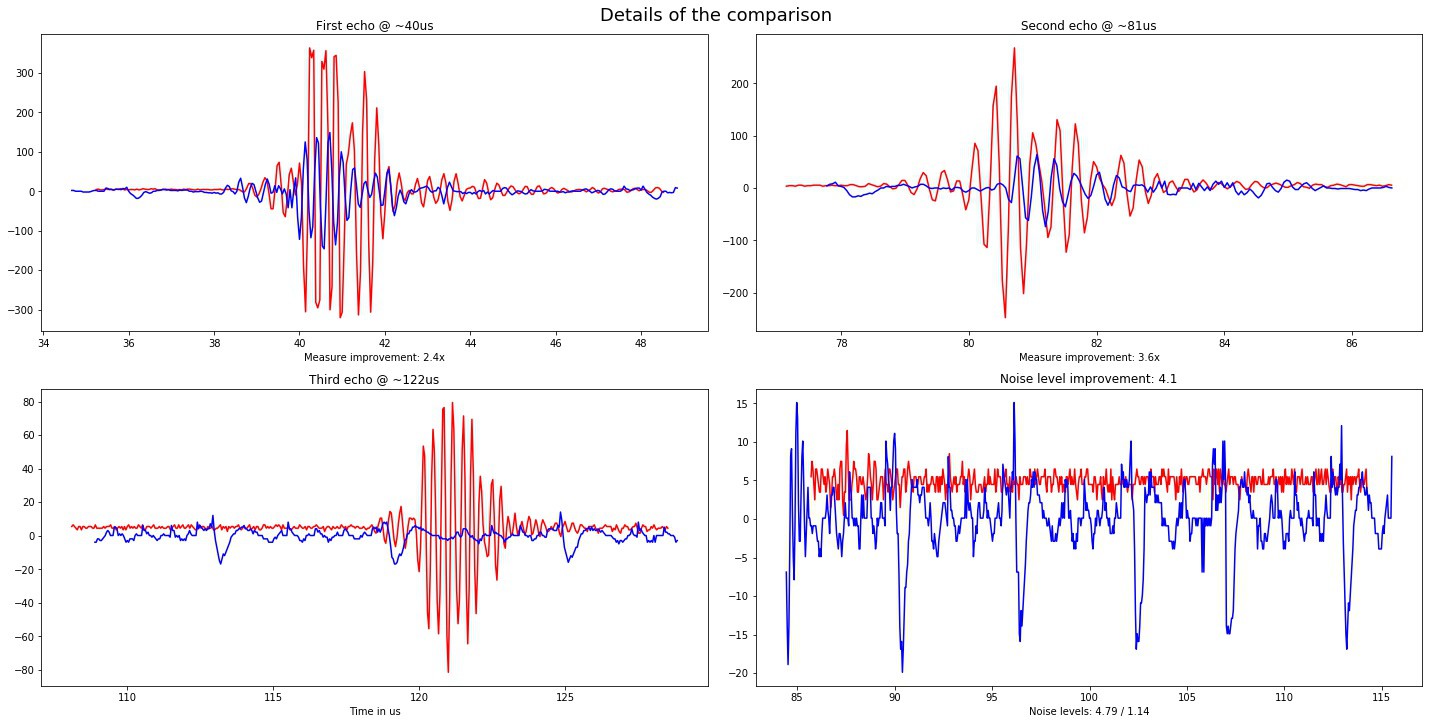
One can also see that the level of noise has improved by a factor of 4.. or more.
But I'd need to be more rigourous to get precise numbers =)
Log as usual is available.
Ultrasounds, traveling in the medium they image, are attenuated by the very same medium and the further they progress, the faintest the echo comes back.
In order to compensate for this attenuation, the echoes are usually amplified by by a variable gain which renormalize these echoes.
The plots below represent in blue, unsimplified signals, and, in green, the amplified signal, with a gain shifting from 0% to 100% in 200us. It seems that makes the echoes great again =)
More in the log.
I just got an interesting mechanical probe, a Bard Site Rite - piezo at 7.5MHz. The plug is quite simple, and digging into the cable yields 2 pairs of cable, one coax, a bigger cable with two "big" cables. I've made sure it's a mechanical probe. The aim is to try and see if I can connect it to my board and get an image.
Good point for this probe is that it unscrews nicely.
and even better, it has changeable heads!
I assume two pairs of cables are for motors / actuators, coax is for the signal coming back (hence the bead). But how can I see that on the pins above?
Going to search for the reference manual and other resources. I'd rather not unscrew the head yet!
To be continued... possibly with a corresponding patent... Electromagnets?
Create an account to leave a comment. Already have an account? Log In.
Become a member to follow this project and never miss any updates
HINT: Can this be relevant instead of FFT...
http://www.soundid.net/SoundID/Papers/Detector%20Paper.pdf